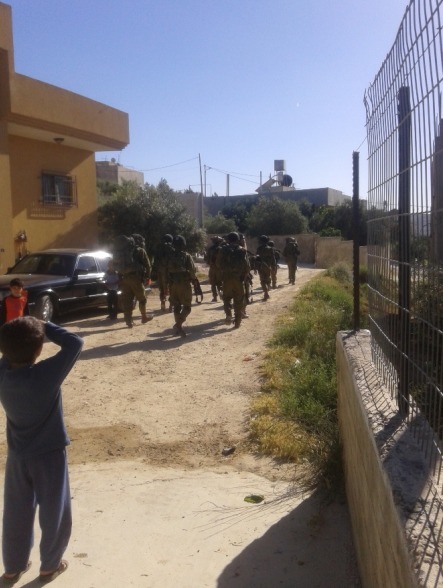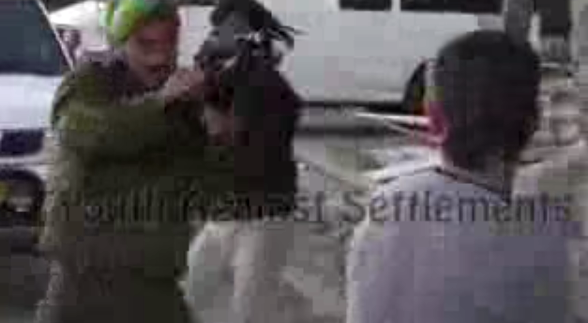-
Harassment in Awarta
2nd May 2014 | International Solidarity Movement, Nablus Team| Awarta, Occupied Palestine At 4.30 am on Wednesday the 30th of April; a group of Israeli soldiers broke into a family home in the village of Awarta, near the illegal settlement of Itamar. 11 soldiers woke up the family, claiming that it was “security search”. A member of the family […]
-
The Palestine Trauma Centre – psychological support for Gaza
30th April 2014 | Paramedics in Gaza | Gaza, Occupied Palestine We connected with the Palestine Trauma Centre (PTC) before we had left the UK. Within a few days of contact with them they had resolved all of our complicated visa issues and have since proved to be the most wonderful hosts. In our first couple of […]
-
15-year-old Palestinian violently arrested by Israeli forces
30th April 2014 | International Solidarity Movement, Khalil Team | Hebron, Occupied Palestine On the 27th of April, four Palestinian boys were detained in al-Khalil (Hebron) at checkpoint 55. Three YAS (Youth Against Settlements) members arrived at the scene, and tried to document the incident. While filming they were harassed by several settlers from nearby illegal […]
Action Alert An Nabi Saleh Apartheid Wall Arrests BDS Bethlehem Bil'in Cast Lead Demonstration Denial of Entry Ethnic Cleansing Farmers Gaza Global Actions Hebron House Demolition International law Israeli Army Jerusalem Live Ammunition Nablus Ni'lin Prisoner Ramallah Rubber-coated steel bullets Settlement Settlers Settler violence Tear-Gas Canister Video



